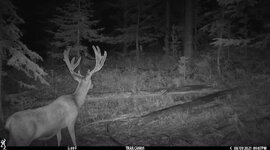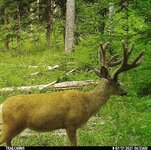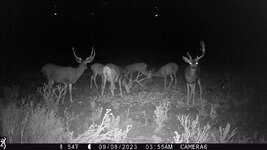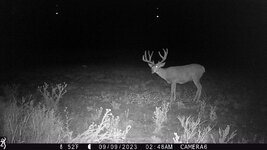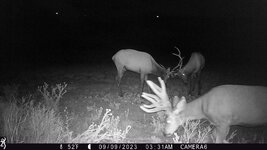This is my first post and just want to thank everyone in advance. I have learned a lot from Rokslide and am a relatively new hunter out west with lots of Midwest whitetail experience. My search on here didn’t really give direct answers to my questions. If there is a thread with answers please feel free to just redirect me.
Quick background: I have hunted mule deer before and have always tried to be near water. A tag I have this fall, on my e-scouting shows areas with high spring/lake density and other parts of the unit with good cover and feed but no real water source within 2-3 miles. I will be hunting mid-October in northern mountain west.
1.) Should I be keying on areas with higher water density knowing that bucks that time of year won’t be moving much and less likely to go miles for water?
2.) Is there a middle ground distance from water (ex: not 100 yards but less than a mile) that should be an e-scouting consideration?
Thanks!
Quick background: I have hunted mule deer before and have always tried to be near water. A tag I have this fall, on my e-scouting shows areas with high spring/lake density and other parts of the unit with good cover and feed but no real water source within 2-3 miles. I will be hunting mid-October in northern mountain west.
1.) Should I be keying on areas with higher water density knowing that bucks that time of year won’t be moving much and less likely to go miles for water?
2.) Is there a middle ground distance from water (ex: not 100 yards but less than a mile) that should be an e-scouting consideration?
Thanks!

